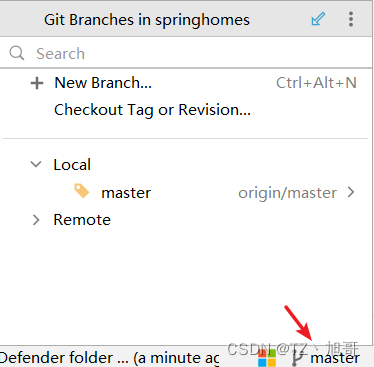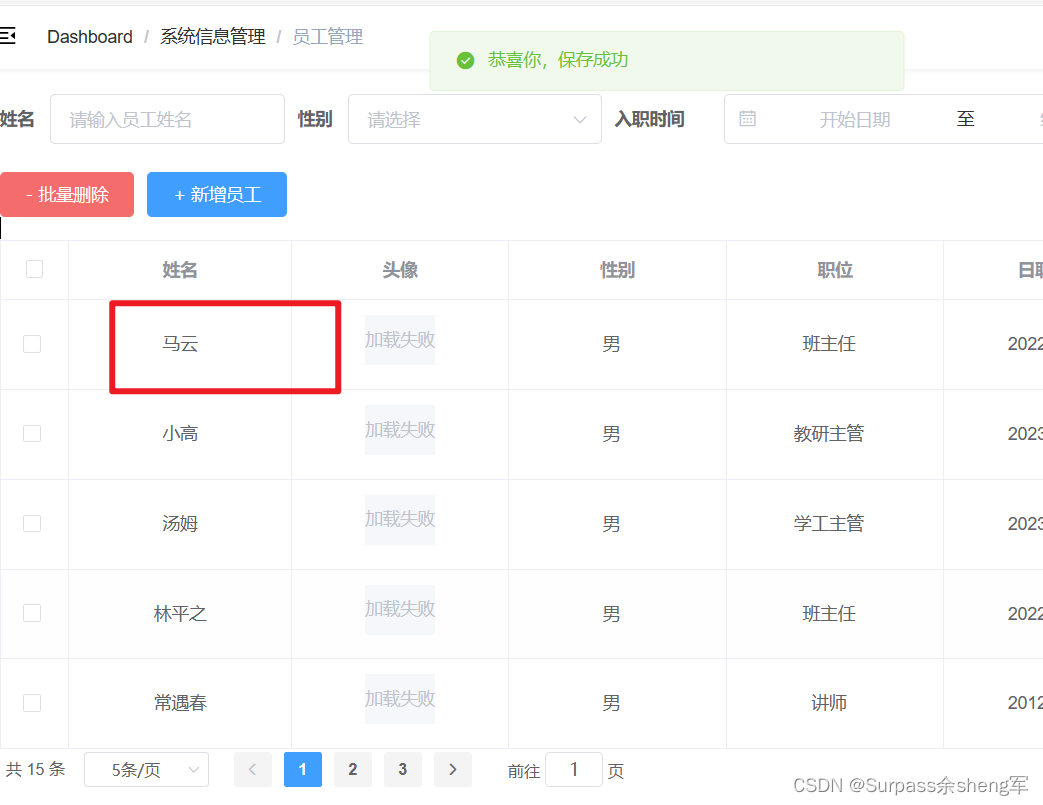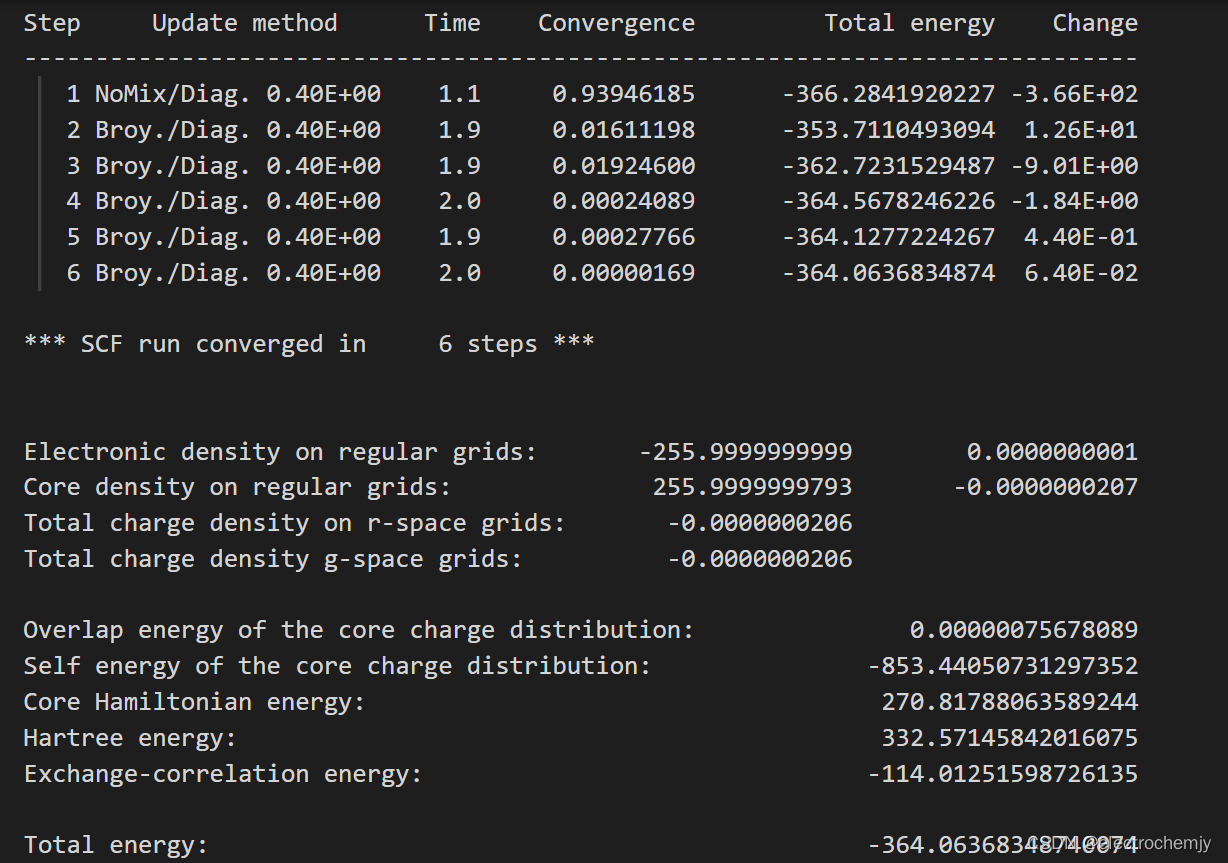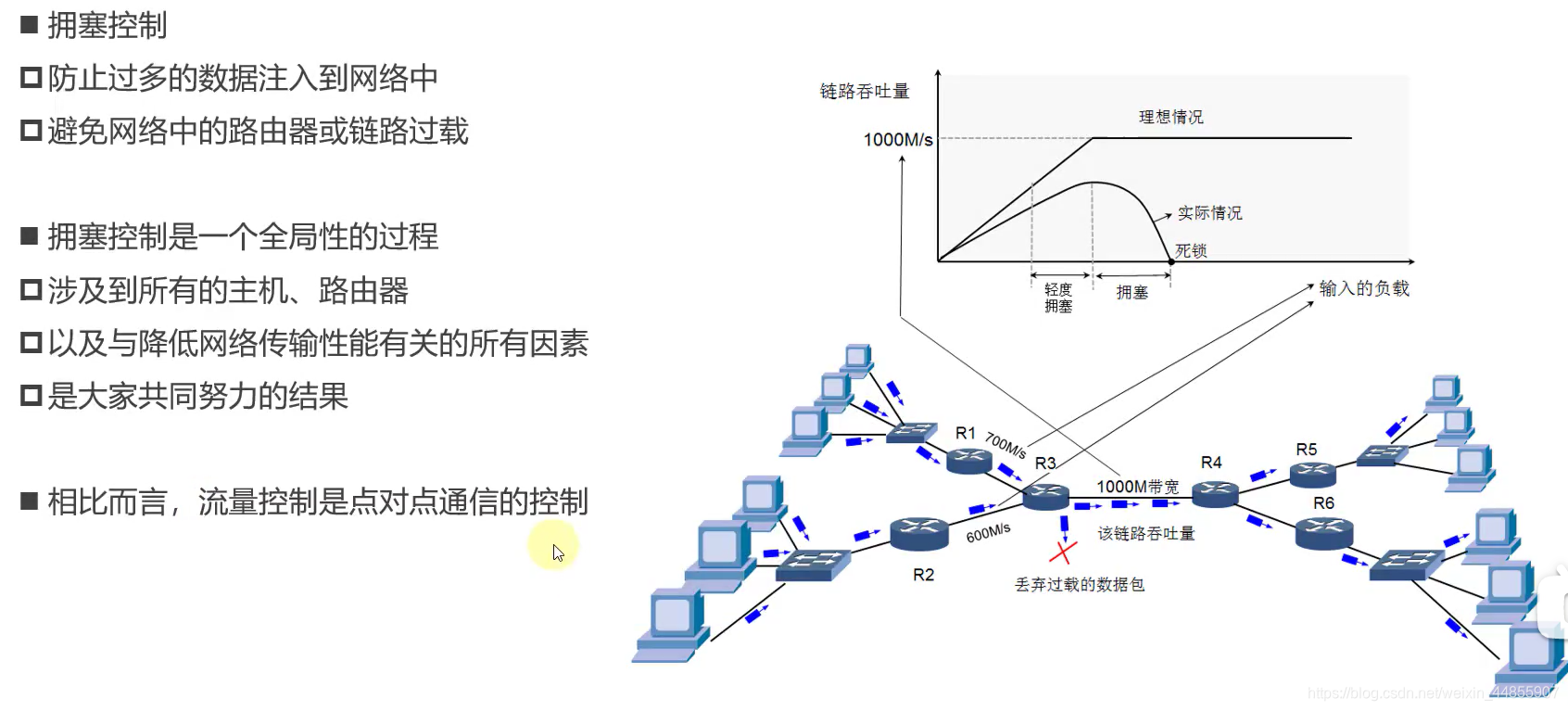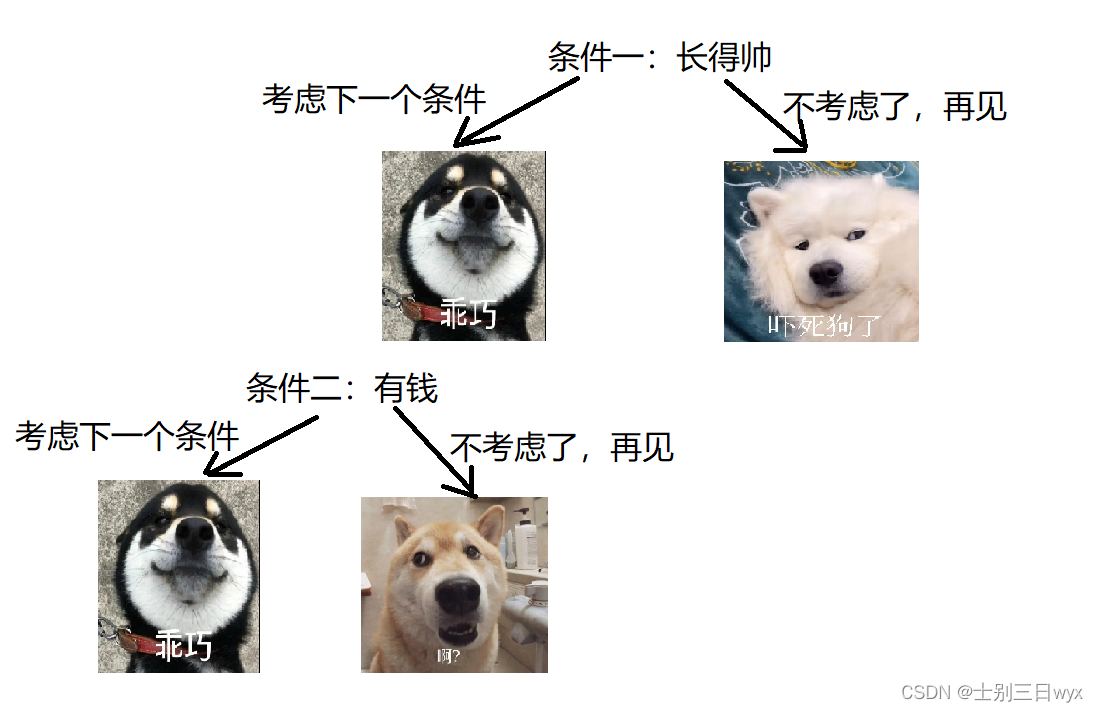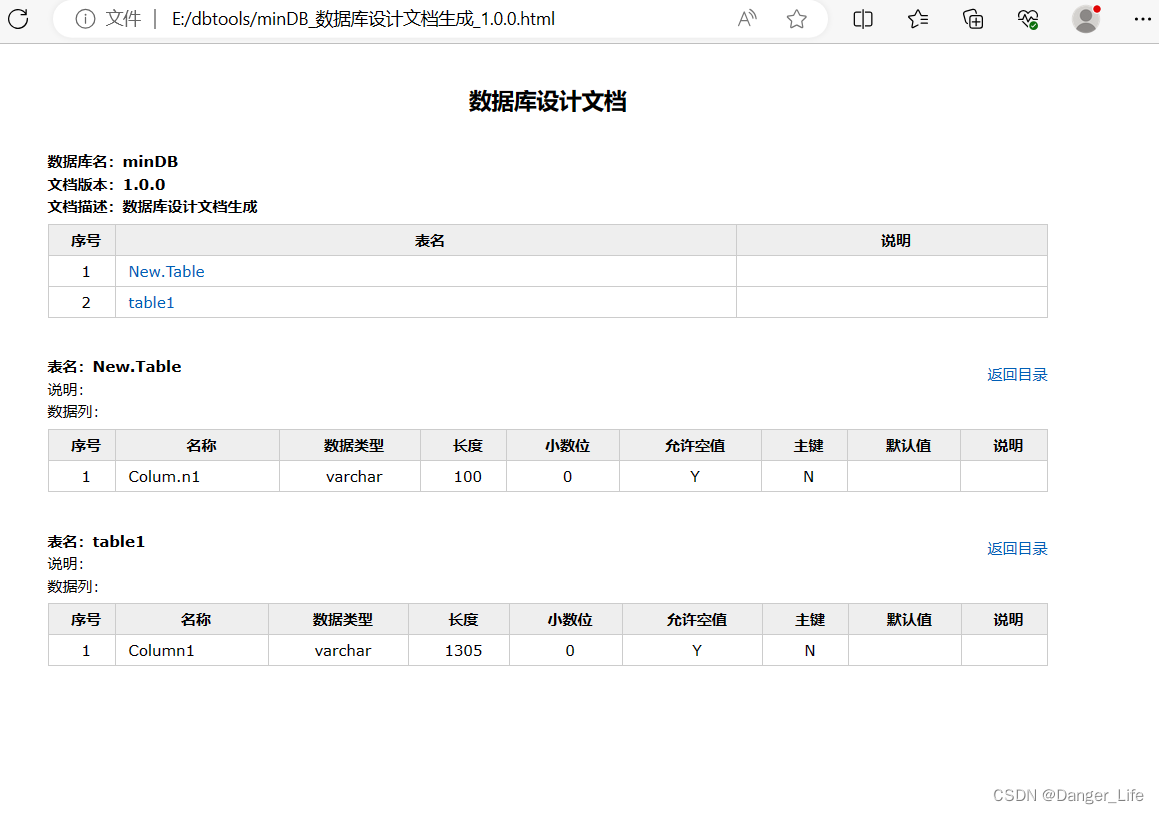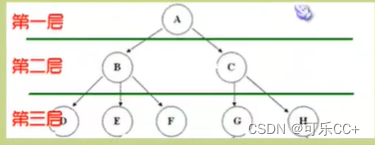目录
- 使用Vue脚手架
- 脚手架文件结构
- 关于不同版本的Vue
- vue.config.js配置文件
- ref属性
- props配置项
- mixin(混入)
- 插件
- scoped样式
- 总结TodoList案例
- webStorage
- 组件的自定义事件
- 全局事件总线(GlobalEventBus)
- 消息订阅与发布(pubsub)
- nextTick
- Vue封装的过度与动画
hello, 各位小伙伴,这篇文章主要是Vue2学习笔记中的第三章:使用Vue脚手架,带领你从0搭建一个Vue脚手架!
使用Vue脚手架
脚手架文件结构
├── node_modules
├── public
│ ├── favicon.ico: 页签图标
│ └── index.html: 主页面
├── src
│ ├── assets: 存放静态资源
│ │ └── logo.png
│ │── component: 存放组件
│ │ └── HelloWorld.vue
│ │── App.vue: 汇总所有组件
│ │── main.js: 入口文件
├── .gitignore: git版本管制忽略的配置
├── babel.config.js: babel的配置文件
├── package.json: 应用包配置文件
├── README.md: 应用描述文件
├── package-lock.json:包版本控制文件
关于不同版本的Vue
- vue.js与vue.runtime.xxx.js的区别:
- vue.js是完整版的Vue,包含:核心功能 + 模板解析器。
- vue.runtime.xxx.js是运行版的Vue,只包含:核心功能;没有模板解析器。
- 因为vue.runtime.xxx.js没有模板解析器,所以不能使用template这个配置项,需要使用render函数接收到的createElement函数去指定具体内容。
vue.config.js配置文件
- 使用vue inspect > output.js可以查看到Vue脚手架的默认配置。
- 使用vue.config.js可以对脚手架进行个性化定制,详情见:https://cli.vuejs.org/zh
ref属性
1.被用来给元素或子组件注册引用信息(id的替代者)
2. 应用在html标签上获取的是真实DOM元素,应用在组件标签上是组件实例对象(vc)
3. 使用方式:
- 打标识:
<h1 ref="xxx">.....</h1>或<School ref="xxx"></School> - 获取:
this.$refs.xxx
props配置项
1.功能:让组件接收外部传过来的数据
2.传递数据:<Demo name="xxx"/>
3.接收数据:
-
第一种方式(只接收):
props:['name'] -
第二种方式(限制类型):
props:{name:String} -
第三种方式(限制类型、限制必要性、指定默认值):
props:{name:{type:String, //类型required:true, //必要性default:'老王' //默认值} }
备注:props是只读的,Vue底层会监测你对props的修改,如果进行了修改,就会发出警告,若业务需求确实需要修改,那么请复制props的内容到data中一份,然后去修改data中的数据。
Student.vue
<template><div><h1>{{msg}}</h1><h2>学生姓名:{{name}}</h2><h2>学生性别:{{sex}}</h2><h2>学生年龄:{{myAge+1}}</h2><button @click="updateAge">尝试修改收到的年龄</button></div>
</template><script>export default {name:'Student',data() {console.log(this)return {msg:'我是一个尚硅谷的学生',myAge:this.age}},methods: {updateAge(){this.myAge++}},//简单声明接收// props:['name','age','sex'] //接收的同时对数据进行类型限制/* props:{name:String,age:Number,sex:String} *///接收的同时对数据:进行类型限制+默认值的指定+必要性的限制props:{name:{type:String, //name的类型是字符串required:true, //name是必要的},age:{type:Number,default:99 //默认值},sex:{type:String,required:true}}}
</script>
App.vue
<template><div><Student name="李四" sex="女" :age="18"/></div>
</template><script>import Student from './components/Student'export default {name:'App',components:{Student}}
</script>mixin(混入)
1.功能:可以把多个组件共用的配置提取成一个混入对象
2.使用方式:
第一步定义混合:
{data(){....},methods:{....}....
}
第二步使用混入:
全局混入:```Vue.mixin(xxx)```
局部混入:```mixins:['xxx'] ```
main.js
//引入Vue
import Vue from 'vue'
//引入App
import App from './App.vue'
import {hunhe,hunhe2} from './mixin'
//关闭Vue的生产提示
Vue.config.productionTip = falseVue.mixin(hunhe)
Vue.mixin(hunhe2)//创建vm
new Vue({el:'#app',render: h => h(App)
})
mixin.js
export const hunhe = {methods: {showName(){alert(this.name)}},mounted() {console.log('你好啊!')},
}
export const hunhe2 = {data() {return {x:100,y:200}},
}插件
1.功能:用于增强Vue
2.本质:包含install方法的一个对象,install的第一个参数是Vue,第二个以后的参数是插件使用者传递的数据。
3.定义插件:
对象.install = function (Vue, options) {// 1. 添加全局过滤器Vue.filter(....)// 2. 添加全局指令Vue.directive(....)// 3. 配置全局混入(合)Vue.mixin(....)// 4. 添加实例方法Vue.prototype.$myMethod = function () {...}Vue.prototype.$myProperty = xxxx
}
4.使用插件:Vue.use()
scoped样式
1.作用:让样式在局部生效,防止冲突。
2.写法:<style scoped>
总结TodoList案例
1.组件化编码流程:
(1).拆分静态组件:组件要按照功能点拆分,命名不要与html元素冲突。
(2).实现动态组件:考虑好数据的存放位置,数据是一个组件在用,还是一些组件在用:
1).一个组件在用:放在组件自身即可。
2). 一些组件在用:放在他们共同的父组件上(<span style="color:red">状态提升</span>)。
(3).实现交互:从绑定事件开始。
2.props适用于:
(1).父组件 ==> 子组件 通信
(2).子组件 ==> 父组件 通信(要求父先给子一个函数)
3.使用v-model时要切记:v-model绑定的值不能是props传过来的值,因为props是不可以修改的!
4.props传过来的若是对象类型的值,修改对象中的属性时Vue不会报错,但不推荐这样做。
webStorage
1.存储内容大小一般支持5MB左右(不同浏览器可能还不一样)
2.浏览器端通过 Window.sessionStorage 和 Window.localStorage 属性来实现本地存储机制。
3.相关API:
1.xxxxxStorage.setItem('key', 'value');
该方法接受一个键和值作为参数,会把键值对添加到存储中,如果键名存在,则更新其对应的值。
2.xxxxxStorage.getItem('person');
该方法接受一个键名作为参数,返回键名对应的值。
3.xxxxxStorage.removeItem('key');
该方法接受一个键名作为参数,并把该键名从存储中删除。
4.xxxxxStorage.clear()
该方法会清空存储中的所有数据。
4.备注:
- SessionStorage存储的内容会随着浏览器窗口关闭而消失。
- LocalStorage存储的内容,需要手动清除才会消失。
xxxxxStorage.getItem(xxx)如果xxx对应的value获取不到,那么getItem的返回值是null。JSON.parse(null)的结果依然是null。
组件的自定义事件
1.一种组件间通信的方式,适用于:<strong style="color:red">子组件 ===> 父组件</strong>
2.使用场景:A是父组件,B是子组件,B想给A传数据,那么就要在A中给B绑定自定义事件(<span style="color:red">事件的回调在A中</span>)。
3.绑定自定义事件:
-
第一种方式,在父组件中:
<Demo @atguigu="test"/>或<Demo v-on:atguigu="test"/> -
第二种方式,在父组件中:
<Demo ref="demo"/> ...... mounted(){this.$refs.xxx.$on('atguigu',this.test) } -
若想让自定义事件只能触发一次,可以使用
once修饰符,或$once方法。
4.触发自定义事件:this.$emit('atguigu',数据)
5.解绑自定义事件this.$off('atguigu')
6.组件上也可以绑定原生DOM事件,需要使用native修饰符。
7.注意:通过this.$refs.xxx.$on('atguigu',回调)绑定自定义事件时,回调要么配置在methods中,要么用箭头函数,否则this指向会出问题!
App.vue
<template><div class="app"><h1>{{msg}},学生姓名是:{{studentName}}</h1><!-- 通过父组件给子组件传递函数类型的props实现:子给父传递数据 --><School :getSchoolName="getSchoolName"/><!-- 通过父组件给子组件绑定一个自定义事件实现:子给父传递数据(第一种写法,使用@或v-on) --><!-- <Student @atguigu="getStudentName" @demo="m1"/> --><!-- 通过父组件给子组件绑定一个自定义事件实现:子给父传递数据(第二种写法,使用ref) --><Student ref="student" @click.native="show"/></div>
</template><script>import Student from './components/Student'import School from './components/School'export default {name:'App',components:{School,Student},data() {return {msg:'你好啊!',studentName:''}},methods: {getSchoolName(name){console.log('App收到了学校名:',name)},getStudentName(name,...params){console.log('App收到了学生名:',name,params)this.studentName = name},m1(){console.log('demo事件被触发了!')},show(){alert(123)}},mounted() {this.$refs.student.$on('atguigu',this.getStudentName) //绑定自定义事件// this.$refs.student.$once('atguigu',this.getStudentName) //绑定自定义事件(一次性)},}
</script><style scoped>.app{background-color: gray;padding: 5px;}
</style>Student.vue
<template><div class="student"><h2>学生姓名:{{name}}</h2><h2>学生性别:{{sex}}</h2><h2>当前求和为:{{number}}</h2><button @click="add">点我number++</button><button @click="sendStudentlName">把学生名给App</button><button @click="unbind">解绑atguigu事件</button><button @click="death">销毁当前Student组件的实例(vc)</button></div>
</template><script>export default {name:'Student',data() {return {name:'张三',sex:'男',number:0}},methods: {add(){console.log('add回调被调用了')this.number++},sendStudentlName(){//触发Student组件实例身上的atguigu事件this.$emit('atguigu',this.name,666,888,900)// this.$emit('demo')// this.$emit('click')},unbind(){this.$off('atguigu') //解绑一个自定义事件// this.$off(['atguigu','demo']) //解绑多个自定义事件// this.$off() //解绑所有的自定义事件},death(){this.$destroy() //销毁了当前Student组件的实例,销毁后所有Student实例的自定义事件全都不奏效。}},}
</script><style lang="less" scoped>.student{background-color: pink;padding: 5px;margin-top: 30px;}
</style>School.vue
<template><div class="school"><h2>学校名称:{{name}}</h2><h2>学校地址:{{address}}</h2><button @click="sendSchoolName">把学校名给App</button></div>
</template><script>export default {name:'School',props:['getSchoolName'],data() {return {name:'尚硅谷',address:'北京',}},methods: {sendSchoolName(){this.getSchoolName(this.name)}},}
</script><style scoped>.school{background-color: skyblue;padding: 5px;}
</style>
全局事件总线(GlobalEventBus)
1.一种组件间通信的方式,适用于<span style="color:red">任意组件间通信</span>。
2.安装全局事件总线:
new Vue({......beforeCreate() {Vue.prototype.$bus = this //安装全局事件总线,$bus就是当前应用的vm},......
})
3.使用事件总线:
-
接收数据:A组件想接收数据,则在A组件中给$bus绑定自定义事件,事件的回调留在A组件自身。
methods(){demo(data){......} } ...... mounted() {this.$bus.$on('xxxx',this.demo) } -
提供数据:
this.$bus.$emit('xxxx',数据)
4.最好在beforeDestroy钩子中,用$off去解绑<span style="color:red">当前组件所用到的</span>事件。
接受方:
<template><div class="school"><h2>学校名称:{{name}}</h2><h2>学校地址:{{address}}</h2></div>
</template><script>export default {name:'School',data() {return {name:'尚硅谷',address:'北京',}},mounted() {// console.log('School',this)this.$bus.$on('hello',(data)=>{console.log('我是School组件,收到了数据',data)})},beforeDestroy() {this.$bus.$off('hello')},}
</script><style scoped>.school{background-color: skyblue;padding: 5px;}
</style>
传数方:
<template><div class="student"><h2>学生姓名:{{name}}</h2><h2>学生性别:{{sex}}</h2><button @click="sendStudentName">把学生名给School组件</button></div>
</template><script>export default {name:'Student',data() {return {name:'张三',sex:'男',}},mounted() {// console.log('Student',this.x)},methods: {sendStudentName(){this.$bus.$emit('hello',this.name)}},}
</script><style lang="less" scoped>.student{background-color: pink;padding: 5px;margin-top: 30px;}
</style>消息订阅与发布(pubsub)
1.一种组件间通信的方式,适用于<span style="color:red">任意组件间通信</span>。
2.使用步骤:
-
安装pubsub:
npm i pubsub-js -
引入:
import pubsub from 'pubsub-js'
3.接收数据:A组件想接收数据,则在A组件中订阅消息,订阅的回调留在A组件自身。
```javascriptmethods(){demo(data){......}}......mounted() {this.pid = pubsub.subscribe('xxx',this.demo) //订阅消息}```
4.提供数据:pubsub.publish('xxx',数据)
5.最好在beforeDestroy钩子中,用PubSub.unsubscribe(pid)去取消订阅。
接收方:
<template><div class="school"><h2>学校名称:{{name}}</h2><h2>学校地址:{{address}}</h2></div>
</template><script>import pubsub from 'pubsub-js'export default {name:'School',data() {return {name:'尚硅谷',address:'北京',}},mounted() {// console.log('School',this)/* this.$bus.$on('hello',(data)=>{console.log('我是School组件,收到了数据',data)}) */this.pubId = pubsub.subscribe('hello',(msgName,data)=>{console.log(this)// console.log('有人发布了hello消息,hello消息的回调执行了',msgName,data)})},beforeDestroy() {// this.$bus.$off('hello')pubsub.unsubscribe(this.pubId)},}
</script><style scoped>.school{background-color: skyblue;padding: 5px;}
</style>
传数方:
<template><div class="student"><h2>学生姓名:{{name}}</h2><h2>学生性别:{{sex}}</h2><button @click="sendStudentName">把学生名给School组件</button></div>
</template><script>import pubsub from 'pubsub-js'export default {name:'Student',data() {return {name:'张三',sex:'男',}},mounted() {// console.log('Student',this.x)},methods: {sendStudentName(){// this.$bus.$emit('hello',this.name)pubsub.publish('hello',666)}},}
</script><style lang="less" scoped>.student{background-color: pink;padding: 5px;margin-top: 30px;}
</style>nextTick
1.语法:this.$nextTick(回调函数)
2.作用:在下一次 DOM 更新结束后执行其指定的回调。
3.什么时候用:当改变数据后,要基于更新后的新DOM进行某些操作时,要在nextTick所指定的回调函数中执行。
Vue封装的过度与动画
1.作用:在插入、更新或移除 DOM元素时,在合适的时候给元素添加样式类名。
2.图示:

3.写法:
-
准备好样式:
元素进入的样式:
- v-enter:进入的起点
- v-enter-active:进入过程中
- v-enter-to:进入的终点
元素离开的样式:
- v-leave:离开的起点
- v-leave-active:离开过程中
- v-leave-to:离开的终点
-
使用
<transition>包裹要过度的元素,并配置name属性:<transition name="hello"><h1 v-show="isShow">你好啊!</h1> </transition> -
备注:若有多个元素需要过度,则需要使用:
<transition-group>,且每个元素都要指定key值。
方式一使用动画的方式:
<template><div><button @click="isShow = !isShow">显示/隐藏</button><transition name="hello" appear><h1 v-show="isShow">你好啊!</h1></transition></div>
</template><script>export default {name:'Test',data() {return {isShow:true}},}
</script><style scoped>h1{background-color: orange;}.hello-enter-active{animation: atguigu 0.5s linear;}.hello-leave-active{animation: atguigu 0.5s linear reverse;}@keyframes atguigu {from{transform: translateX(-100%);}to{transform: translateX(0px);}}
</style>
方法二使用过渡的方式:
<template><div><button @click="isShow = !isShow">显示/隐藏</button><transition-group name="hello" appear><h1 v-show="!isShow" key="1">你好啊!</h1><h1 v-show="isShow" key="2">尚硅谷!</h1></transition-group></div>
</template><script>export default {name:'Test',data() {return {isShow:true}},}
</script><style scoped>h1{background-color: orange;}/* 进入的起点、离开的终点 */.hello-enter,.hello-leave-to{transform: translateX(-100%);}.hello-enter-active,.hello-leave-active{transition: 0.5s linear;}/* 进入的终点、离开的起点 */.hello-enter-to,.hello-leave{transform: translateX(0);}</style>
多个元素的过渡:
<template><div><button @click="isShow = !isShow">显示/隐藏</button><transition-group appearname="animate__animated animate__bounce" enter-active-class="animate__swing"leave-active-class="animate__backOutUp"><h1 v-show="!isShow" key="1">你好啊!</h1><h1 v-show="isShow" key="2">尚硅谷!</h1></transition-group></div>
</template><script>import 'animate.css'export default {name:'Test',data() {return {isShow:true}},}
</script><style scoped>h1{background-color: orange;}</style>
(注意:以上的部分的.vue文件由于没有对应的.vue代码模板,代码由于无法高亮,所以选择了html格式)


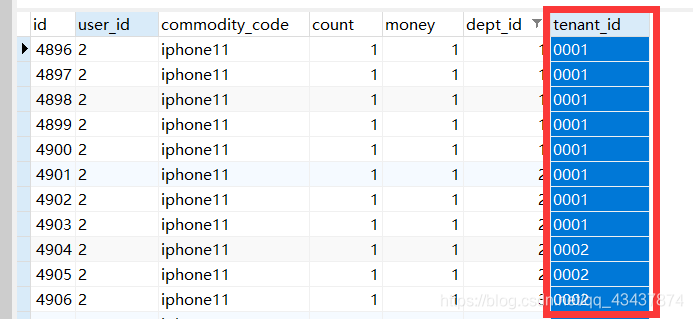
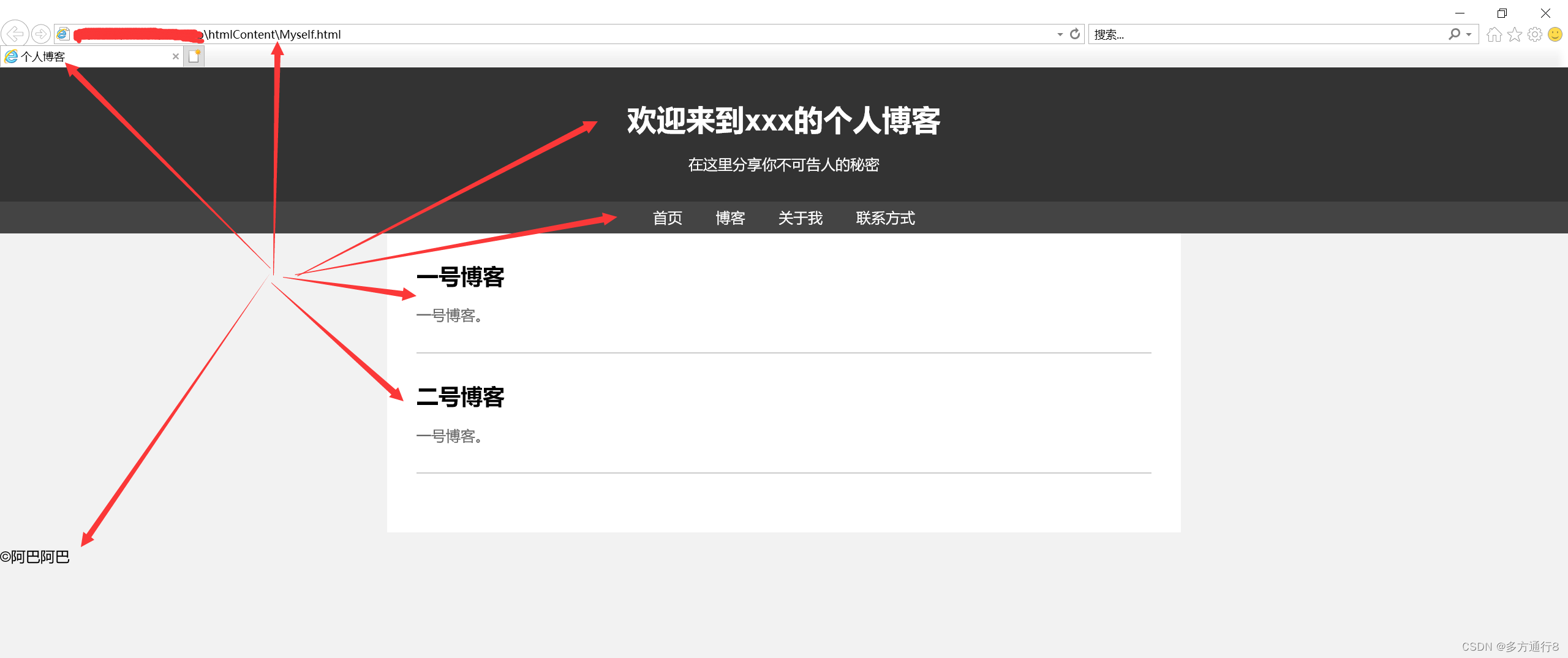



![java八股文面试[多线程]——死锁、活锁、饥饿](https://img-blog.csdnimg.cn/aceb3b2a730c487aa80973333ff227fc.png)

